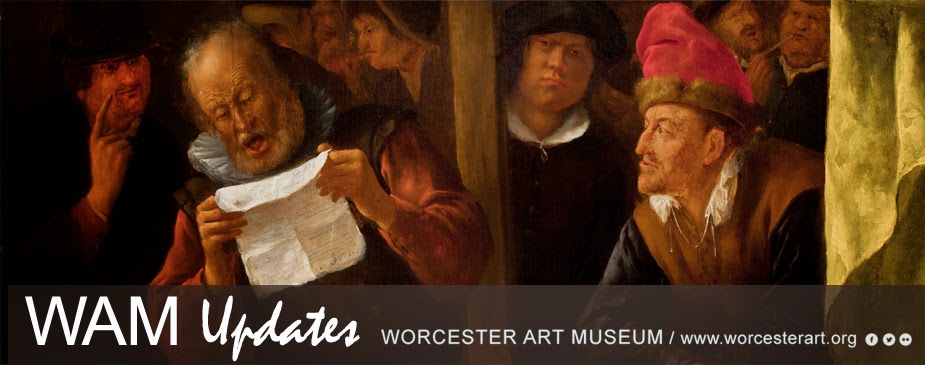A summer without camps? As the school year was coming to an end last spring, parents, students, and organizations were realizing that typical summer camps would not be a reality. A big question emerged: How could summer programs be offered to Worcester’s school children? With the strict social distancing guidelines required to operate during the pandemic, many organizations, including WAM, simply could not operate in-person programs safely.
While the summer was looking bleak for welcoming crowds of young people into our institutions for fun learning, the Boys and Girls Club of Worcester and Recreation Worcester put out a summer SOS Zoom call. Discussions began among youth-serving city offices, non-profits, and cultural organizations about how to offer a wide variety of programs for all students. The emphasis had to be on the FUN, as we knew many students just completed weeks of homebound virtual learning.
Committees made up of youth workers and educators from organizations throughout the city formed to brainstorm programs and themes that could be offered to each age group: Pre-K and Kindergarten, Elementary, Middle and High School. Ideas flowed with new ways to provide students with art, music, writing, science, physical fitness, games, and social-emotional learning opportunities through a virtual platform.
The Worcester Education Collaborative offered virtual training on best practices for reaching students during these unusual times. As the new Manager of Public and Education Programs for WAM, this was a great opportunity to see the passion for youth programming from cultural partners throughout Worcester. The discussions among these organizations led to the creation of Worcester’s “Summer Together”—City-Wide Virtual Summer Youth Programming from the City of Worcester Division of Youth Opportunities and its numerous partnerships.
A visit to the calendar shows the wide range of programs offered by working together. Students and families can choose to participate in creative writing and poetry sessions or take in virtual nature walks and animal feedings, or join us for art activities, or select babysitting classes and virtual playgroups.
“Summer Together” offered WAM’s Education Division an opportunity to reach out to new audiences and to share our collection with more students and families. Preschool students enjoyed story-time sessions that shared a few works from the collection and an art activity. Helmutt, WAM’s trusty mascot, always made an appearance!

|
| Looking rather regal, Helmutt is ready for his preschool session on crowns. |

|
| Neal Bourbeau, WAM's Programming Coordinator and Resident Knight, with our demonstration shields. |

|
|
A high school virtual program explored our sculpture by Arnaldo
Pomodoro (Italian, born 1926), Rotante dal Foro Centrale, 1966, cast bronze, Anonymous gift, 1971.124 |
Creating these videos was a learning process for us, as we continue our transition from in-person education sessions at the Museum to virtual programs. Many segments of our “Summer Together” videos can be used in a variety of formats and found their way onto WAM’s social media pages for audiences of all ages to enjoy.
A big supporter of Worcester’s “Summer Together” programming and WAM’s contributions to it is the United Way of Central Massachusetts. We thank them for their grant. In making summer contributions to Summer Together, the United Way’s President and CEO Tim Garvin, stated: “As a community, not only do we want to care for our kids, we want our kids to understand how much hope and support we have for them for a great future. For the agencies, I hope this will give them the finances so they can run wicked awesome summer recreation camps and cultural programs.”
We agree and want the children to know that we miss them, and WAM will do its best to run “wicked awesome” programming for them now and in the future. If you have an idea for a virtual youth program you would like us to consider creating, please email me at aileennovick@worcesterart.org

|
| The local organizations participating in the "Summer Together" program. |
—By Aileen Novick, WAM Manager of Public and Education
Programs
August 26, 2020





















